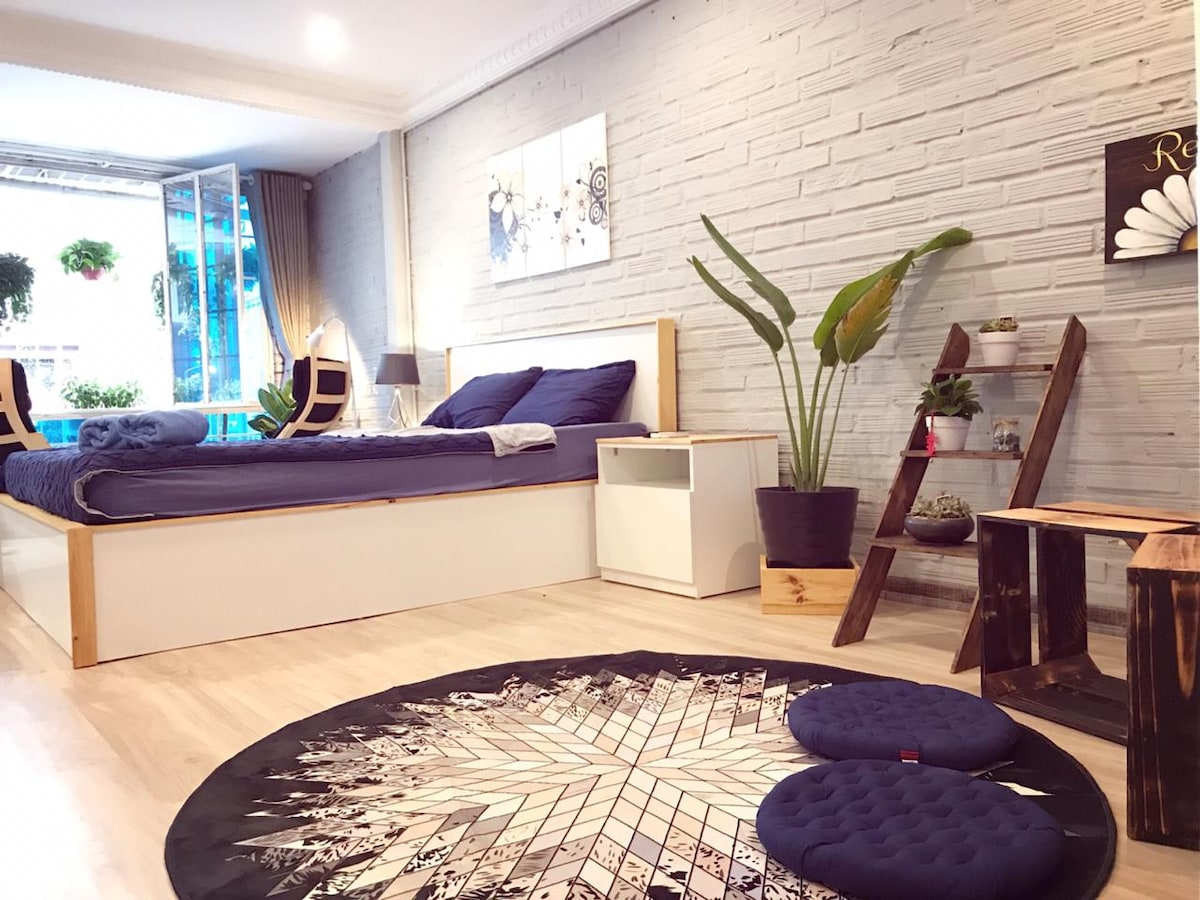

These sketches reflect the Vietnamese rural life, agricultural harvests, dances and legend. Today’s performances usually include a number of short sketches rather than one long story.

The puppets are controlled by no more than eight puppeteers hiding behind a bamboo screen. Nowadays, water puppet shows are performed in a pool of water at modern theatre. A large rod which supports the puppet under the water is used by the puppeteers to move the puppets across the water. The ancient art of Vietnamese water puppets stems from the tradition that rice paddies were flooded and villagers stood in the waist-deep water with the puppets and performed a mini show of puppets over the water.

Today’s Vietnamese water puppetry is a unique variation on the ancient Asian puppet tradition. Other students of the Vietnam National Puppetry Theatre/Central Theatre school perform at various tourist venues in Saigon.Water puppetry has been a long tradition dating back as far as the 11th century CE originating in the villages of the Red River Delta area of northern Vietnam. In l993, Thang Long Theatre opened a permanent venue on Ho Hoan Kiem (Lake of the Returned Sword) in Hanoi attracting local and foreign tourists.
#WATER PUPPETRY IN VIETNAM PROFESSIONAL#
This programme became the professional norm.Īs Vietnam opened up to the world through the l980s and l990s, international tours of water puppetry from the company and their professional water puppet focused offshoot, Nhà Hát Múa Rối Thăng Long (Thang Long Water Puppet Theatre) directed by Le Van Ngo, became frequent. By l991, company director Ngo Quynh Giao with his company moulded village water puppet practice into a new amalgam: larger figures were introduced, professional musicians joined the company, and a smoother flow from scene to scene was created to build toward the climax – a battle and the dance of the four sacred animals. In l984, artists from the theatre took water puppets abroad with villagers from Nguyen Xa. That same year women began performing in the previously all male art of water puppetry as Nguyen Thi Chanh, from a family of traditional artists, joined the company. Artists of the Central Puppet Theatre studied with village water puppet troupes at Nguyen Xa and Nam Chan, villages in the Red River Delta, beginning in l972. While the company began by performing glove puppetry and rod puppetry, or “land puppetry”, by the l970s the company’s artists also wanted to explore indigenous roots. The company performs in schools and for the public. The company has a professional multi-year training programme. The company has been involved in international collaborations in training or performance with artists from Eastern Europe or, since the l980s, the United States and Western Europe. Since the l960s, the theatre’s educational performances have been presented all over the country. By the early 21st century, Vuong Duy Bien took over as director. The company is often called locally “Central Puppet Theatre” or, simply, “Central Theatre”. They led the company in the l990s, producing puppet theatre and running a school. Director Ngo Quynh Giao (b.1942) graduated from the Institute of Puppetry in Prague and vice-director Ms Dang Anh Nga (b.1944) studied in Prague with Stage Arts Institute from l967-1973.

Vietnamese artists in the 1960s were studying in Europe. Performances by the Vietnam National Puppetry Theatre supported the educational and revolutionary goals of the government. Ho Chi Minh brought Hanoi artists together with Czech trainers from the Radost puppet theatre, Loutkové divadlo Radost, to create a new tradition of Vietnamese puppetry. Hanoi-based puppet company founded in 1956 by Vietnamese artists.


 0 kommentar(er)
0 kommentar(er)
